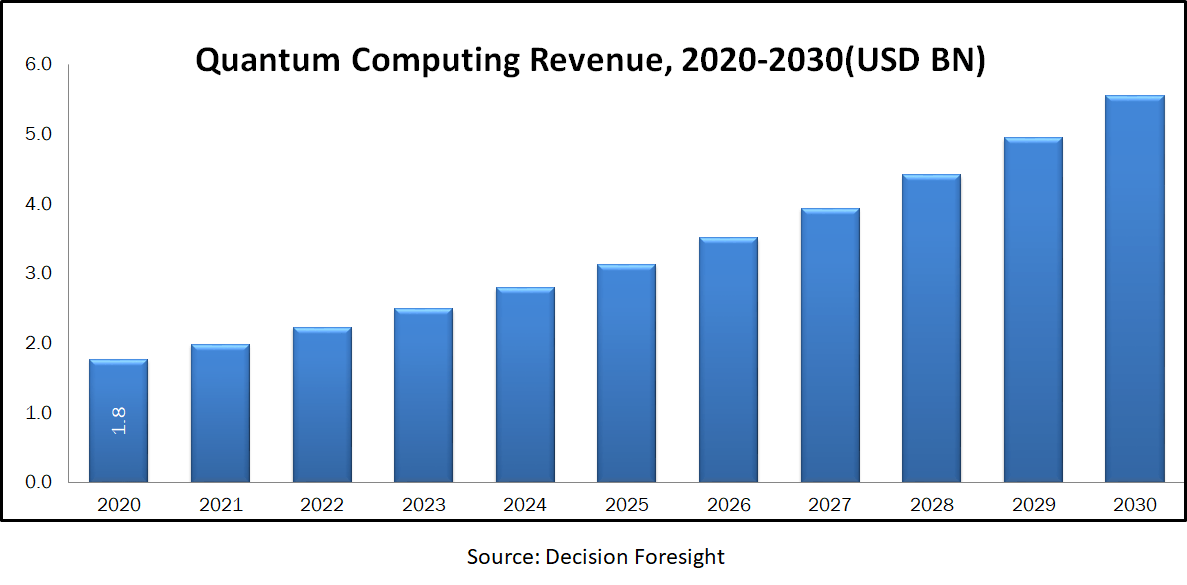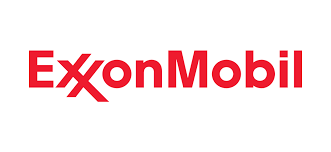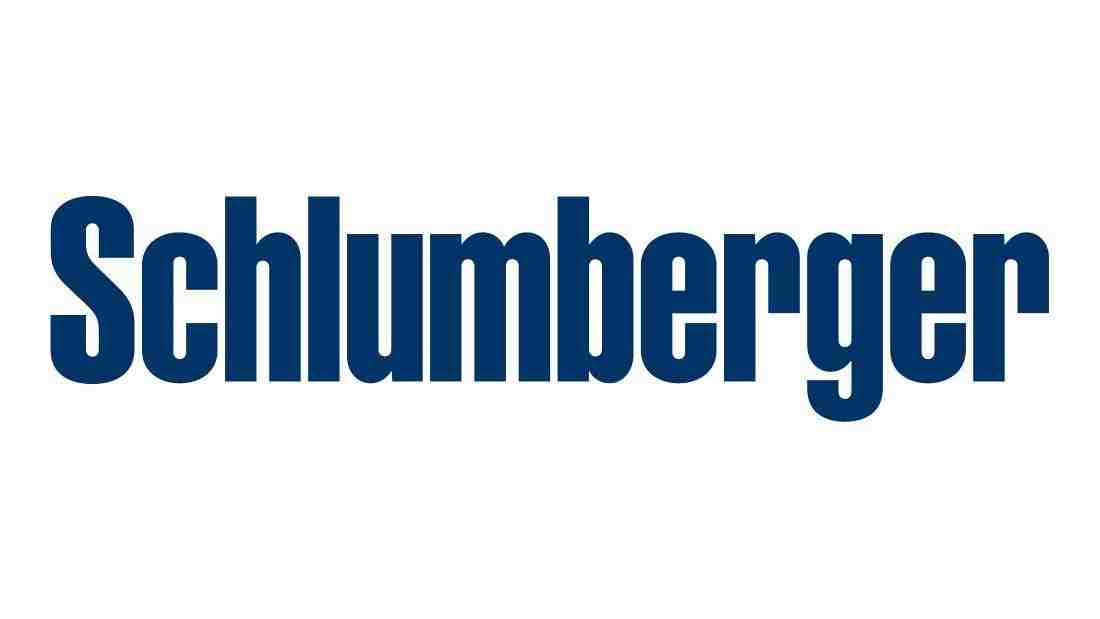Quantum Computing Market held USD 380 million in 2020 and is to grow with a CAGR of 24.11% from 2020-2030. While bits are used as the smallest electronic storage unit in conventional computing, quantum computing calculates with quantum bits - qubits for short. These break the common binary code of zeros and ones because they can assume any number of superimposed states. In other words: there is a certain probability that they will assume the state zero or one. This state, known as “superposition”, cannot be compared with anything from our everyday world, but it can be easily explained using a picture: You can imagine a qubit like a sphere with one at the North Pole and zero at the South Pole. While a bit in a classic computing is either in the state zero or one, the qubit can assume all intermediate states that are on the spherical surface.
Quantum computing will most likely never be economical for the general use. However, it does hold the potential to revolutionize certain industries. Quantum computing could enable breakthroughs byimproving ML through quick structured prediction. Speedy calculations could improve perception, comprehension, and circuit fault diagnosis/binary classifiers. New drugs, New materials, lubricants; semiconductors; semiconductor materials; super strong materials, New health treatments could be achieved with the use of quantum computing.
Market Dynamics and Factors:
Investment in quantum computing market technologies is flourishing. Government investments are also significant, ranging from USD 10 millions to billions in countries and confederations such as China, the US, Canada, the UK, the European Union, Israel, Australia, and Russia. Many quantum computing applications even the latest ones are expected to have very significant disruptive impacts for industries and businesses. As a result, many business leaders may need to investigate the advantages of quantum computing just to preserve marketplace viability.
Major driving factors for the quantum computing market are growing use of quantum cryptography as one of the prime reasons driving the quantum computing market growth during the next few years. The increasing defense spending of countries on web & nuclear security is also driving the quantum computing market.
Market Segmentation:
Global Quantum Computing Market segmented into - by system (single qubit quantum system and multiple qubit systems), by component (hardware, software, services), by application (encryption, simulation, parallel processing, machine learning, Algorithms, etc.), by industry (automotive, healthcare, BFSI, telecommunications and IT, energy and power, aerospace and defense)
Geographic Analysis:
North America has dominated the market with the large demand and use of Quantum Computing. The region is a hub for advanced technology and the big tech giants. The Research & development in advanced science & technology fueling the market to grow. The global Quantum computing market by region covers 5 major geographic regions, namely, North America, Asia Pacific (APAC), Europe, Middle East and Africa (MEA), and Latin America. Asia Pacific is expected to grow the after North America due to the tech evolution in China, South Korea & India.
Competitive Scenario:
The Quantum Computing Market, which is highly competitive, consists of a few major players. In terms of market share the key players of global Quantum Computing Market are Cambridge Quantum Computing Ltd., IBM Corporation, Intel Corporation, Lockheed Martin Corporation, Microsoft Corporation, D-Wave Systems Inc., Qxbranch, Inc., Rigetti& Co, Inc., Toshiba Quantum Information group, 1QB Information Technologies, Inc. , Atom Computing, Quintessence Labs, etc.
Quantum Computing Market Report Scope
| Report Attribute | Details |
| Market size value in 2020 | USD 380 million |
| Growth Rate | CAGR of 24.11% from 2021 to 2030 |
| Forecast period | 2021 - 2030 |
| Quantitative units | Revenue in USD million 2020 to 2030 and CAGR from 2021 to 2030 |
| Report coverage | Revenue forecast, Market Share Analysis, Sales Analysis, Competitor Analysis, Growth factors, and trends, Macro-economic indicator analysis, PORTER's Five Forces analysis, Pricing Analysis, PESTEL Analysis, Value Chain Analysis, COVID-19 Impact Analysis |
| Segments covered | By System (Single Qubit Quantum System and Multiple Qubit Systems), By component (Hardware, Software, and Services), By Application (Encryption, Simulation, Parallel Processing, Machine Learning, and Algorithms), By End-User Industry (Automotive, Healthcare, BFSI, Telecommunications and IT, Energy & Power, and Aerospace & Defence) |
| Regional scope | North America; Europe; Asia Pacific; Latin America; MEA |
| Key Country scope | U.S.; Canada; Mexico; U.K.; Germany; France; Italy; Spain; Japan; China; India; Malaysia; Singapore; South Korea; Brazil; Argentina; South Africa; Saudi Arabia; UAE; Turkey |
| Key companies profiled | o Cambridge Quantum Computing Ltd. o IBM Corporation, o Intel Corporation o Lockheed Martin Corporation o Microsoft Corporation o D-Wave Systems Inc. o Qxbranch, Inc. o Rigetti& Co, Inc. o Toshiba Quantum Information group o 1QB Information Technologies, Inc. o Atom Computing o Quintessence Labs |







